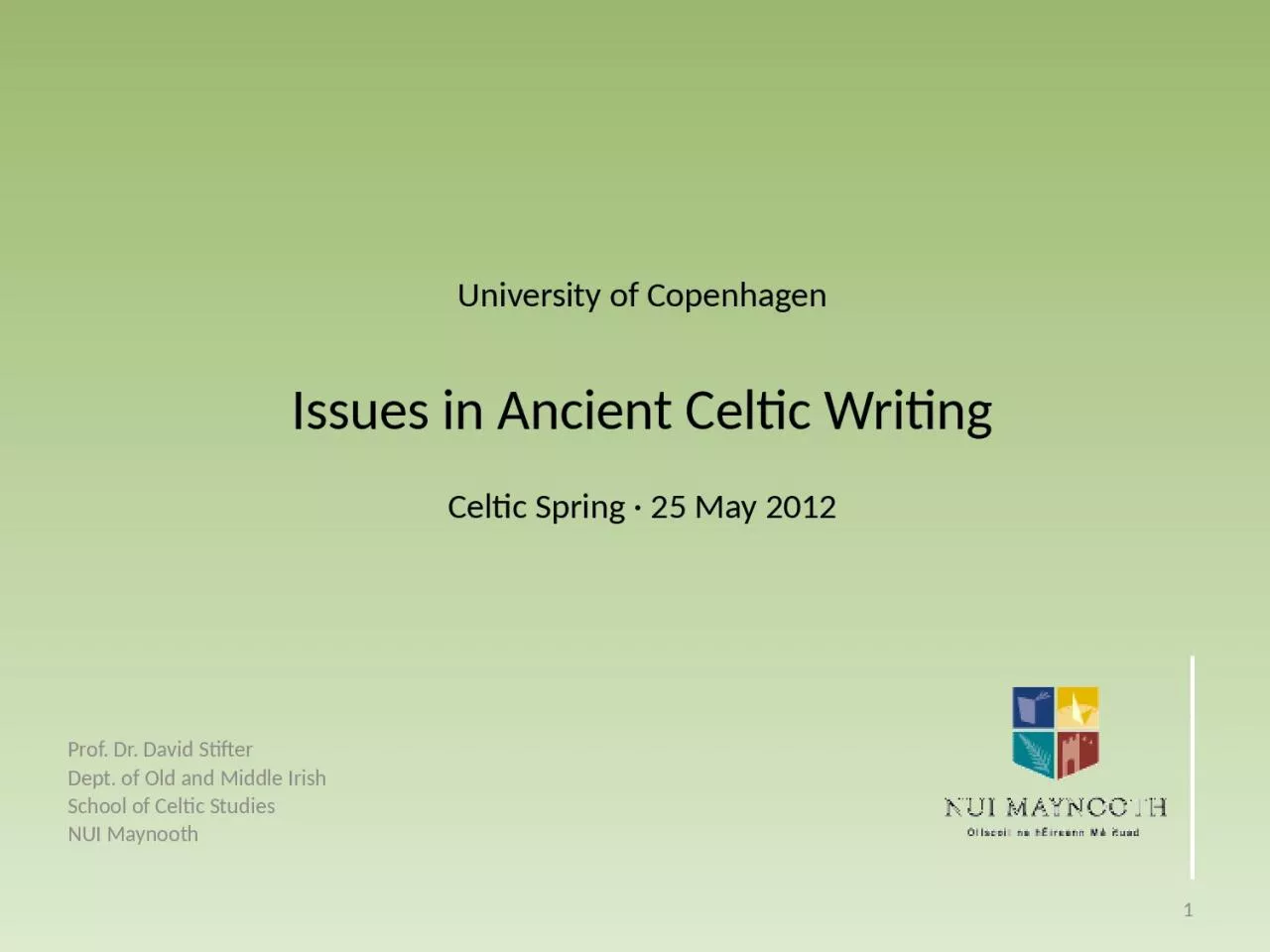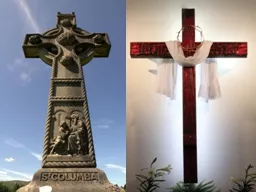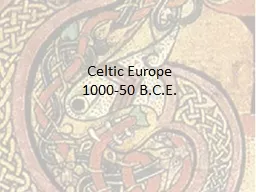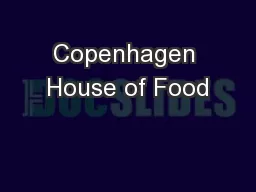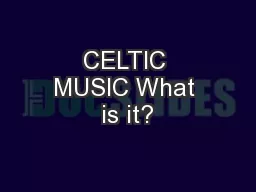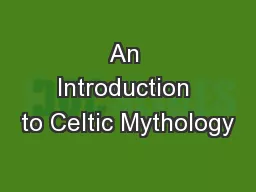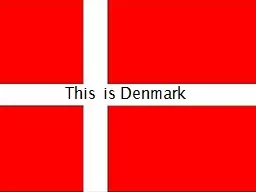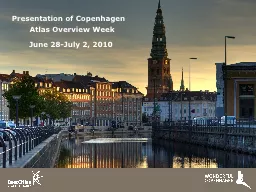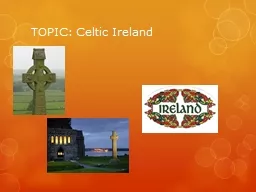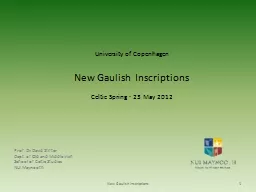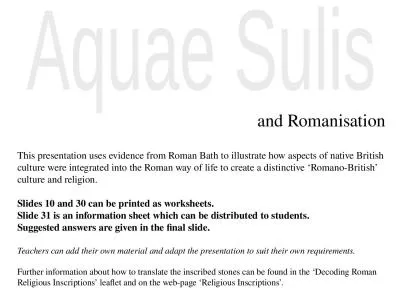PPT-University of Copenhagen Issues in Ancient Celtic Writing Celtic Spring 25 May 2012
Author : mojartd | Published Date : 2020-08-28
Issues in Ancient Celtic Writing Celtic Spring 25 May 2012 Prof Dr David Stifter Dept of Old and Middle Irish School of Celtic Studies NUI Maynooth 1 I New Directions
Presentation Embed Code
Download Presentation
Download Presentation The PPT/PDF document "University of Copenhagen Issues in Ancie..." is the property of its rightful owner. Permission is granted to download and print the materials on this website for personal, non-commercial use only, and to display it on your personal computer provided you do not modify the materials and that you retain all copyright notices contained in the materials. By downloading content from our website, you accept the terms of this agreement.
University of Copenhagen Issues in Ancient Celtic Writing Celtic Spring 25 May 2012: Transcript
Download Rules Of Document
"University of Copenhagen Issues in Ancient Celtic Writing Celtic Spring 25 May 2012"The content belongs to its owner. You may download and print it for personal use, without modification, and keep all copyright notices. By downloading, you agree to these terms.
Related Documents

